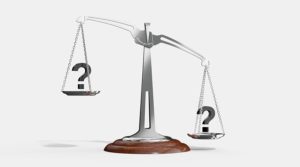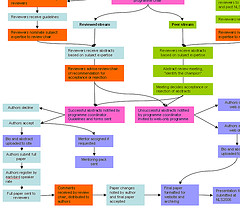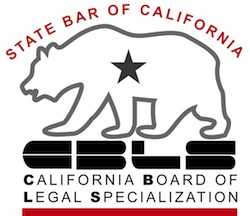Business debt can bleed over into an entrepreneur’s personal assets. Hearing me say that, my client was dumbfounded. He was aghast that the generous equity in the home he and his wife owned was at risk when his corporate business folded. That was not because the shareholder is liable for the corporation’s debts. A properly […]
DYI Bankruptcy Did Him In
For a layman filing a bankruptcy without a lawyer, he didn’t do too badly. He got credit counseling and filed the certificate. He completed the schedules fairly well. He even filed a pro se adversary proceeding to enforce the automatic stay when the foreclosure on a multi million dollar property went forward despite the bankruptcy. […]
Bankruptcy Alternatives Cost More, Deliver Less
Bankruptcy alternatives often suck. The on-line story of one customer of a debt settlement company particularly sticks with me. Using the “services” of this company, the poster now has six new judgments of record and two garnishments in process. The debt settlement company, however, has its full fee. One man I represented went to a […]
Client “wants to think” before getting good bankruptcy information
The caller with a pending foreclosure sale called and canceled an initial consultation with me last week. He wanted to “think about it” before coming in. Huh? Think about being homeless? Think about the cost of getting relief through bankruptcy? Think about confronting a dire situation? It was almost as if gathering information about options […]
Debt settlement: how it really works
Debt settlement companies thrive on tapping the consumer’s genuine desire to pay back their debts. They don’t tell you how debt settlement works, in reality. They promise that they will compromise with your creditors for a sizable discount and all will be well with the world. There are any number of reasons that isn’t so, […]
How One Family Settled Huge Debt For Pennies
Almost everyone wants to settle debt rather than file bankruptcy. But how about settling debt using bankruptcy? Here’s how one family pulled it off. When they started the Chapter 13 trek, they owed $370,000 in personal loans and credit cards. As they completes the plan, they will have settled that debt for three cents on […]
Two Strikes & You’re Out (Of Your Home)
Three strikes and you’re out. Anyone familiar with baseball knows that one. The rules are different in bankruptcy. Two strikes and you’re out. And for one couple, they’re not only out of bankruptcy, they’re out of their house. Foreclosed the day after they filed bankruptcy number three. Because, what they didn’t know is that there […]
What Everyone Knows About Bankruptcy: Not
Lots of people profess to know all about bankruptcy. Whether they have good information or not. But other professionals should know better than to advise people about the workings of bankruptcy. And if they don’t know better, they should be made to pay, in some exquisitely painful way, for the harm they inflict with bad […]
The New Rules Of Asset Protection
I coined a new rule about asset protection schemes after meeting with a bankruptcy prospect: If the asset protection plan is too complicated for the owner to explain, it probably won’t stand up to challenge. This man had paid an attorney a fistful of money to create LLC’s and limited partnerships, each of which held fractional […]
- 1
- 2
- 3
- …
- 5
- Next Page »








